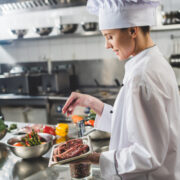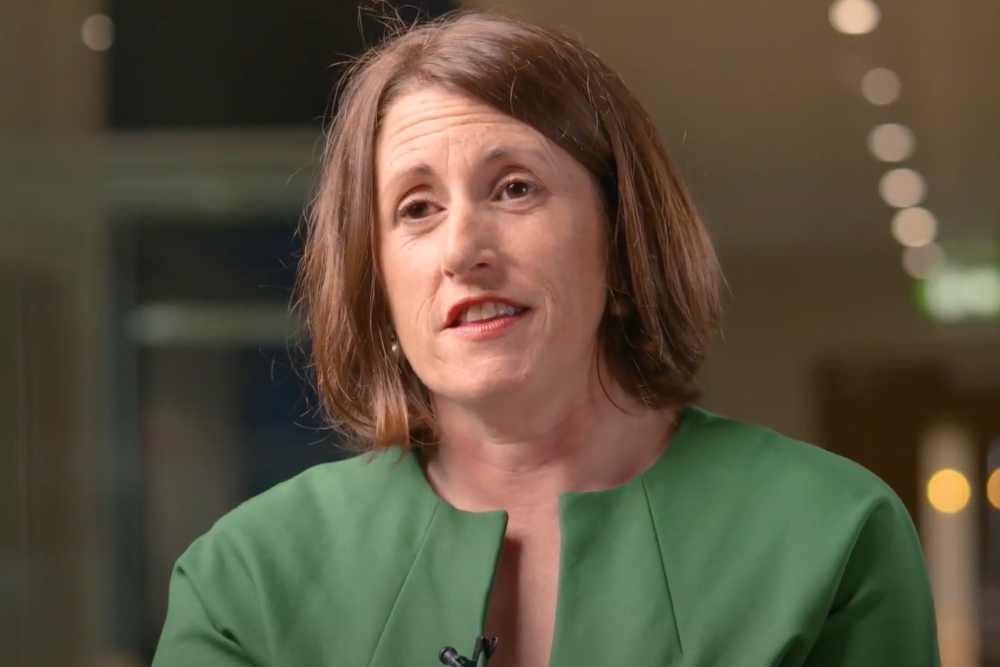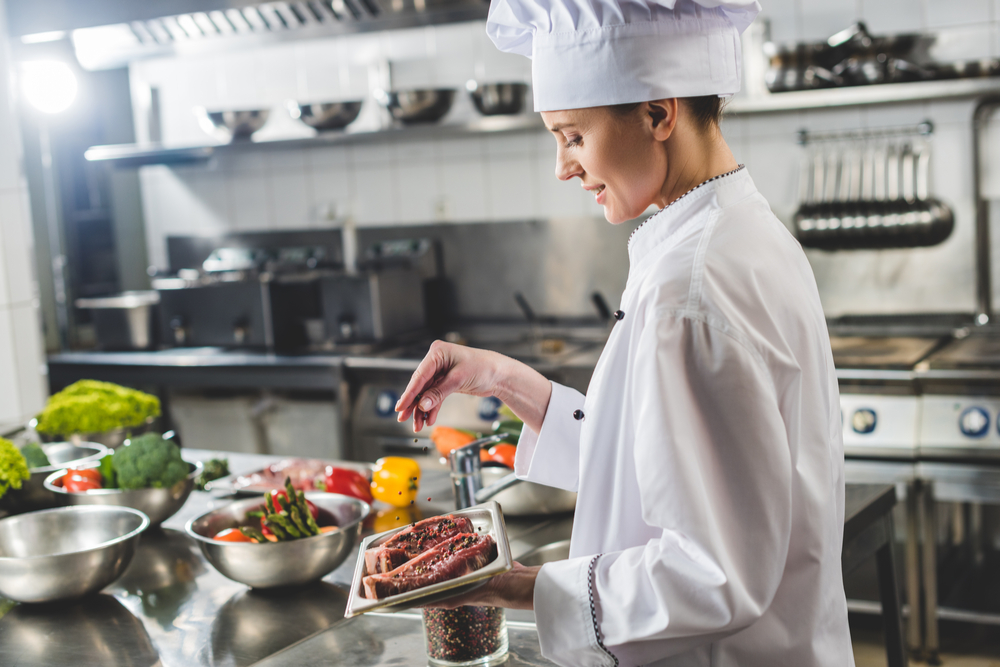Bank of Ireland head of Food & Drink Roisin O’Shea outlines the major tech trends that will transform the sector.
While technology had been playing an increasing part in driving the growth of the Food and Drink sector, Covid-19 has accelerated its use in a number of areas including the facilitation of shorter supply chains, online ordering and process automation.
Covid-19 has also increased awareness of the growing threat of climate change and technology is playing a key part in the acceleration of the industry’s response.
“The move to online is changing the relationship between the food producer and the end consumer”
Technology accelerating the move to online shopping for food and meal occasions Covid-19 led an acceleration of online ordering for a range of food options, both prepared for ready consumption and for eat later. In the longer term, online ordering may be further accelerated by the use of drones. Drone technology has been increasing in popularity due to its use in a number of real life scenarios, such as in China where it was used to monitor quarantine adherence. Nearer to home, trials have also taken place in Ireland for food delivery in a pilot programme between Just Eat and Manna Aero, however further regulatory approval will be needed before a widespread roll out happens.
Food for thought
The move to online is changing the relationship between the food producer and the end consumer. Food producers now have the potential to establish a direct relationship with their end consumer. While still at a small scale, this trend has been evident in both small start-ups and within larger food multinationals for example Heinztohome.ie. During COVID-19 many retailers cut their core range in order to maintain stock on shelf and this in turn accelerated online ordering of traditionally more niche products. However, the skill sets to be successful in this new direct to consumer world are very different to traditional sales via a grocer and suppliers have to be sure that direct consumer relationship adds value rather than distraction given their business model.
In addition to the direct model, the acceleration of online ordering has resulted in a proliferation of new potential customers and intermediaries. Amazon has increased its presence in grocery via its prime delivery service, its new physical store format and its ownership of Wholefoods. In the UK there are also a number or rapid delivery start-ups, such as Getir, promising delivery of grocery orders (based on a limited range) within as little as ten minutes. Unlike Deliveroo, these new players are basing speed of service on vertical integration and so are setting up to buy product directly from suppliers themselves. Food and drink suppliers will need to ensure that they incorporate their online pricing and promotions strategy into their main business model in order to ensure they maintain their brand reputation, presence and margin.
Process automation
Technology has also looked to address labour shortages in the food industry. Labour practices were put under pressure by COVID-19 due to the need for increased social distancing and limitations on the use of migrant workers due to travel restrictions. Warehousing and automated goods vehicles have been the initial focus of investment however, increasingly, this is spreading to production lines.
As a result, the food automation market globally is due to grow by 9.5% Compound Annual Growth Rate (CAGR) in the years out to 20271.
Technology shortening the supply chain
COVID-19 highlighted the vulnerability of global supply chains. Travel restrictions resulted in a decrease in passenger travel and in turn this increased air freight charges. Hence there has been an explosion of interest in solutions to shorten supply chains, for example growing food closer to the end user in urban population centres.
However this is difficult in high density areas.
Technology supporting development of meat and dairy alternatives As part of a response to climate change, there has been exponential growth of plant based alternatives to everything from beef to milk. Silicon Valley investment has poured into companies such as Impossible Meat. The development of these products has been accelerated by the use of artificial intelligence to predict how ingredients will combine, making the process of experimenting and prototyping much faster.
Technology driving food waste reduction
Almost a third of all food produced is thrown out/wasted. More so, an estimated 6% of global greenhouse gas emissions comes from the production of food that is never eaten (food waste)2. As COVID-19 related queues lengthened in supermarkets, consumers increasingly focused on reducing waste and this focus on waste is likely to continue due to heightened awareness around climate change.
Technological solutions are proliferating in this area. Food cloud allows retailers in Ireland upload a description of food about to be wasted to an app that connects them with charities that will use the food. In the US, Winnow solutions help restaurant staff log food waste via a modified bin station and produces reports to identify savings.
Looking forward
The role of the Chief Technology Officer (CTO) will become increasingly pivotal in food production as technology’s ability to change the playing field in the competitive world of food production becomes more evident.
As technology becomes more prevalent, so too do the risks of cyber-crime, the demonstration of acceptable cyber security standards is likely to play an increasing part in quality audits.
These insights were published as part of a Bank of Ireland Sectors report on the Acceleration of Technology. Full report:




